From pearl shape and surface condition to pearl size and luster, our experts will guide you through all the important factors to consider when choosing your necklace. Also covered are considerations like necklace length, pearl color, and pearl type.
Pearl Shape
Pearls are a product of nature. They come in a variety of shapes: round, near round, button, drop, ringed or baroque. The rounder the shape, the more valuable the pearl.
Adored by jewelry experts, round shaped pearls are the rarest and most valuable pearls which accounts for 5% - 10% of all pearl harvest. They are the most sought-after and most expensive pearls. Perfect for weddings or special occasions. Celebrities, First ladies and members of the royal family love round pearls.
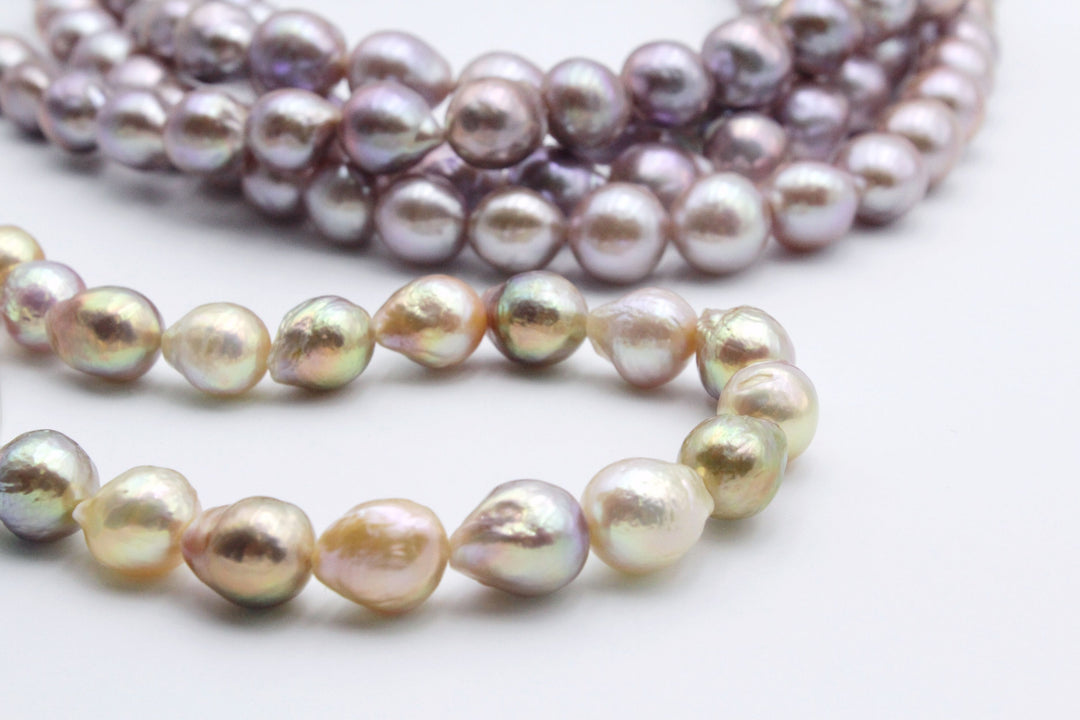
Near round or off-round pearls are slightly less round and have an oval shape. A well-matched pearl strand looks glamorous from a distance and is more affordable than round pearls. Near round pearls offer excellent value for the money. Loved by most customers and great for everyday wear.
Button shaped pearls are flat on one side with a domed top. They are perfect for stud earrings because the shape fits comfortably on the earlobe and the earrings feel light on your ears. It allows you wear a larger size stud earrings for a long time.
Drop shaped pearls are tear-drop shaped. They are perfect for pendants or dangle earrings. Perfectly symmetrical, these drop shaped pearls are adored by pearl lovers and are the second most sought-after pearls.
Ringed or baroque pearls are the most common shapes of pearls. More than 50% of all pearl harvest are pointy and/or have rings on the surface. They are the least expensive. Some customers adore their unique and irregular shapes.
Pearl Surface Condition
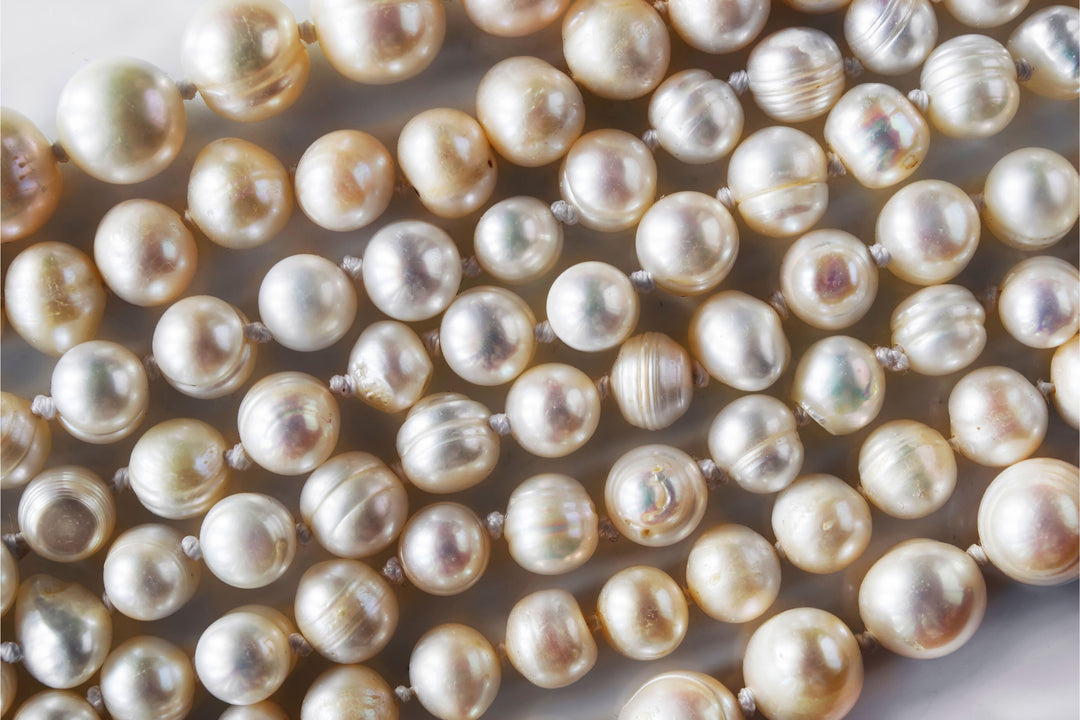
Besides shape, the most important factor, blemishes on the pearl are also a factor to take into consideration when choosing pearls. Pearls may be coarse, have dents or even rings on their surfaces. The cleaner the surface, the more valuable the pearls.
If you examine a pearl carefully, some areas are smoother than others. Blemishes exist because pearls are the product of a natural process. Pearls are graded accordingly. Smoother surface means a higher value.
Dents are indentations you may find on a pearl’s surface. Pearls are graded accordingly by the size and quantity of the dents presented on a pearl.
Another flaw you may find on pearls is a ring. Some pearls have one ring, while others have multiple rings around them. They are the least expensive of all pearls.
Pearl Size
Most Pearls range from 6mm to 12mm. Some jewelers make their pearls in half-mm increments, for example 8-8.5mm. Others make their pearls in one full mm increments, for example 8-9mm. The larger the size, the more expensive the pearls.
The most popular sizes are 7-8mm and 8-9mm. They are good for everyday wear, not too big or too small.
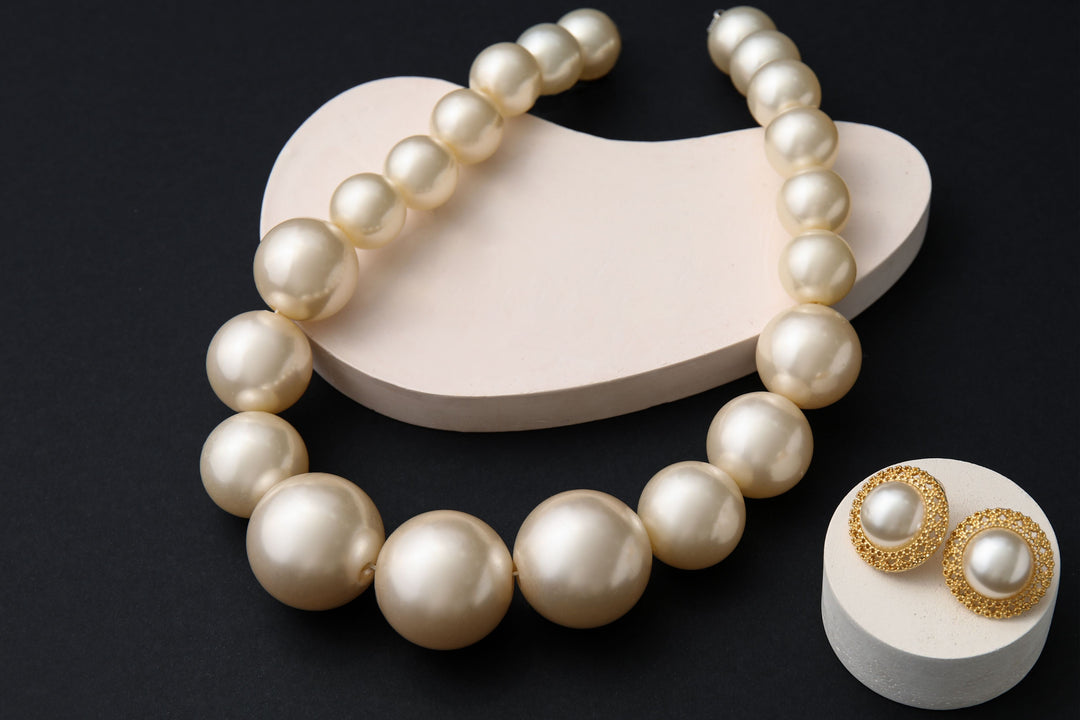
5mm or 6mm pearls are considered small delicate pearls and are for more casual looks, most commonly worn by younger girls or young adults.
10mm 11mm 12mm and 12mm+ pearls are considered large pearls and are more prominent on the neck. Large pearls can attract attention and match well with glamorous outfits. People wearing large pearls attract attention and are likely the center of the flash.
Pearl Luster
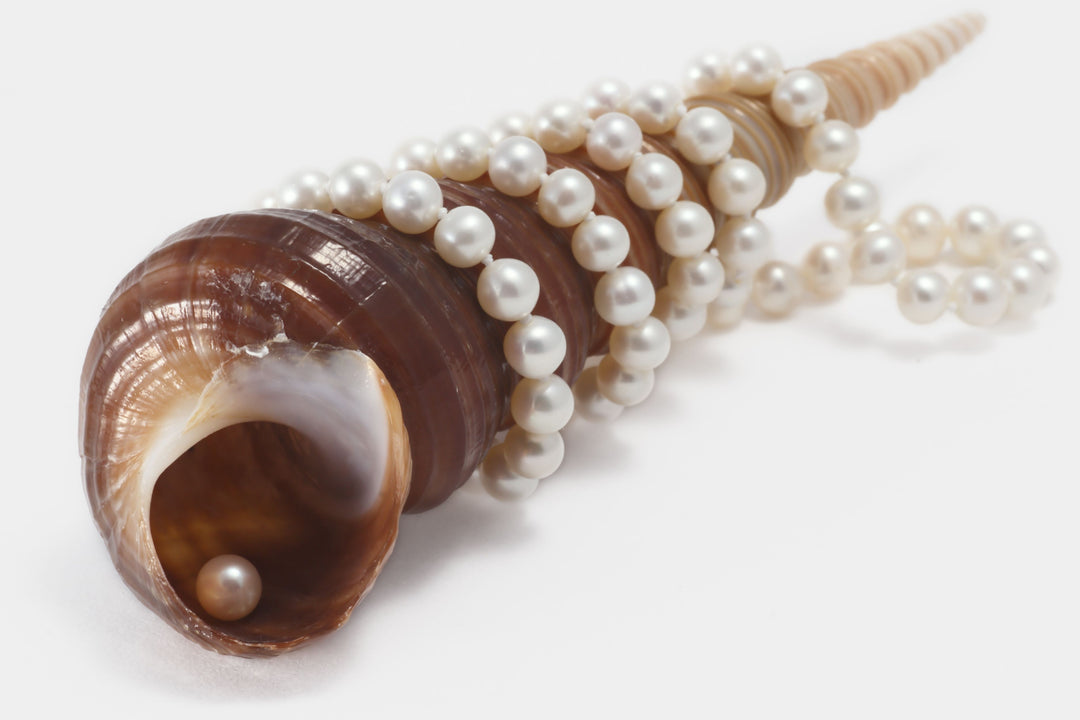
Additionally, an important factor when selecting a pearl is the luster of the pearls. Higher luster makes the jewelry piece more desirable.
Smaller pearls tend to have a higher luster. Pearls 12mm and larger tend to have a lower luster.
Pearl Necklace Length
The most common lengths of a pearl necklace are 16 inch, 18 inch or 20 inch. If you are unsure about what size to purchase, 18 inch is the best choice. Those who are big and tall may need a 20-inch strand. The 16-inch necklace can be worn as a choker style necklace.
If you are buying pearls for yourself, you may use a string to wrap around your neck to the desired position. Then measure the string to determine the length. Always add half an inch or one inch for pearls 10mm or larger.
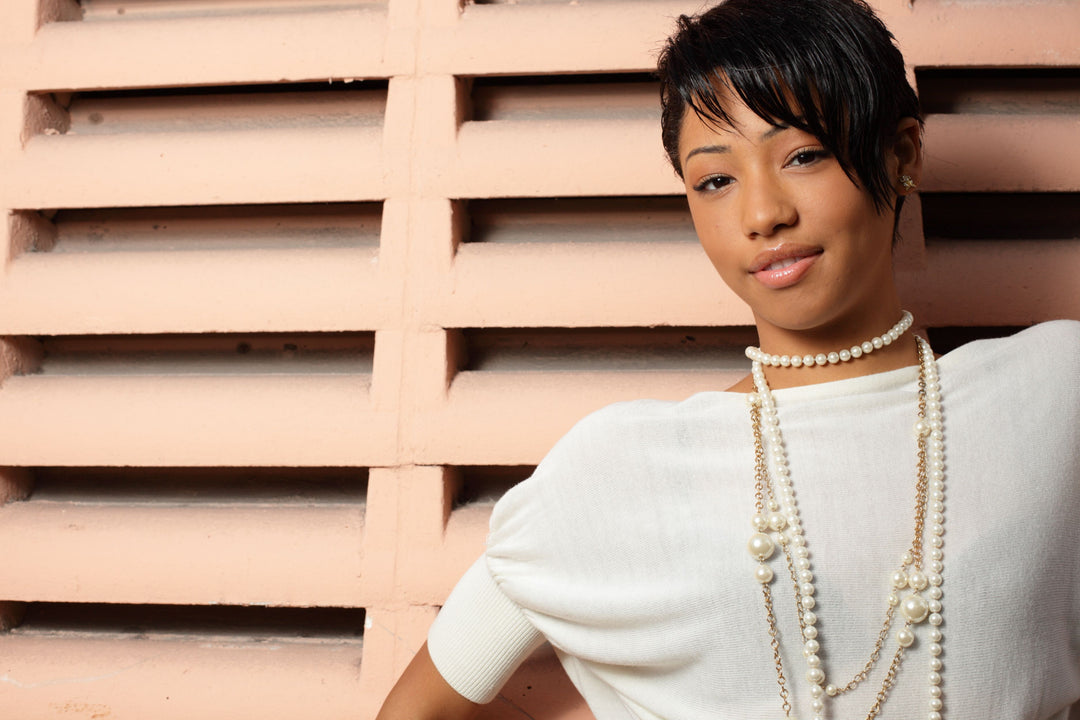
For men, 18 inch and 20 inch are the most common choices.
If you already own a short necklace, you may want to buy a long necklace to layer them together or wear it with a long dress. Long necklaces can range from 24 inches to 52 inches.
Pearl Color
White, black, peach and gold are the most common colors of a pearl. Since pearls are naturally formed inside a living mussel, oyster or clam, they present a dominant color with many shades. For example, the white pearls range from bright white to ivory to creamy.
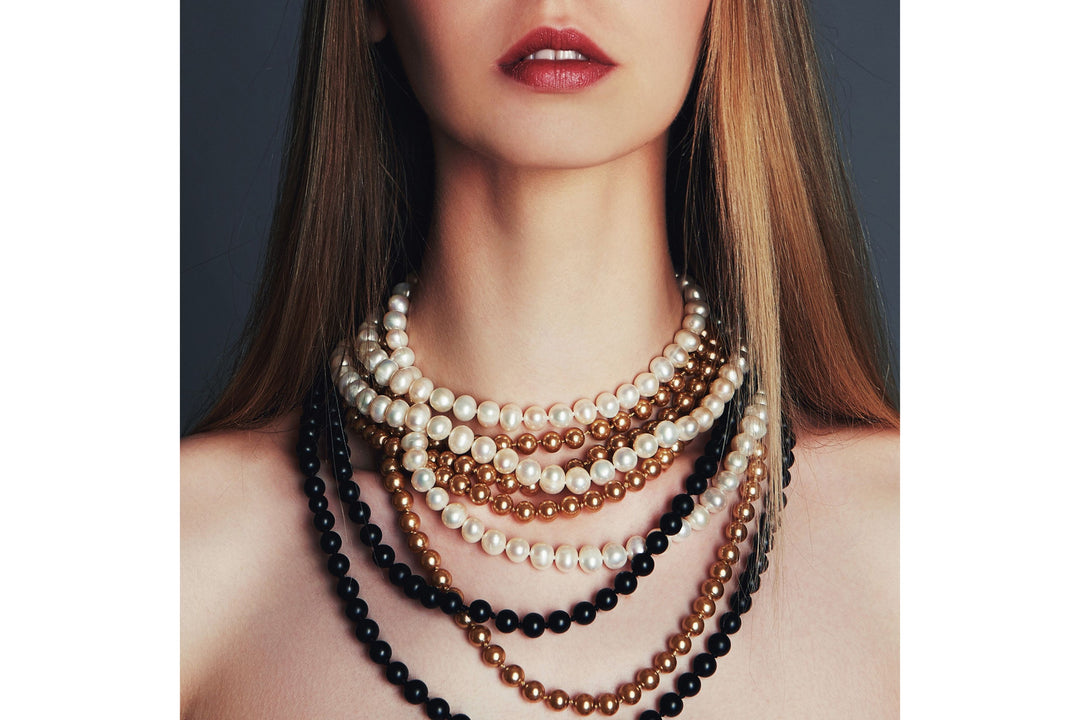
Pearl Type
Cultured pearls, Natural pearls, Freshwater pearls, Akoya pearls, Tahitian Pearls, South Sea pearls are all various pearls to choose from. So, what exactly are they? What are the differences?
All these names refer to real pearls. Pearls are either freshwater pearls or saltwater pearls. Freshwater pearls indicate that the mollusks in which the pearls grew lived in freshwater. Saltwater pearls mean the mollusks in which the pearls grew lived in saltwater. Akoya pearls, Tahitian Pearls, and South Sea pearls are all saltwater pearls.
Akoya pearls come from the Akoya oyster and are the most abundant type of saltwater pearls. Tahitian pearls, known as black pearls, are from Tahiti and French Polynesia, an overseas territory of France which comprises of more than 100 islands in the South Pacific Ocean. Golden South Sea pearls are from the Celebes Sea between Indonesia and the Philippines.
Further, pearls are either cultured pearls or natural pearls. Cultured means the irritant that starts the pearl forming process is inserted into an oyster, mussel or clam by a human. Natural pearls indicate that the irritant was a natural phenomenon performed in the wild.

